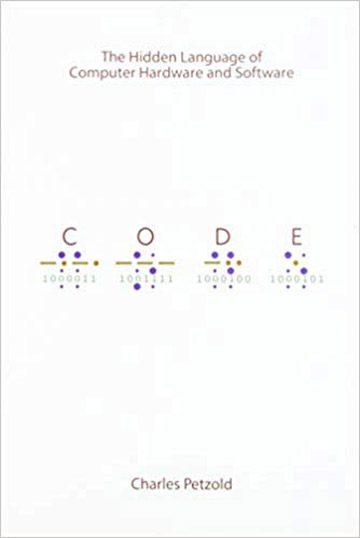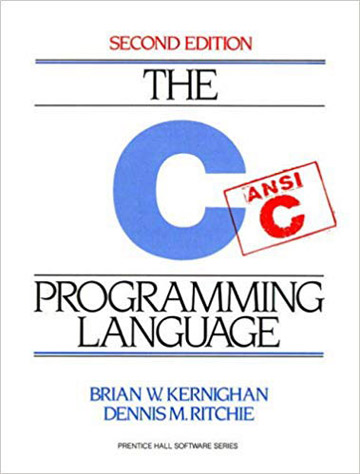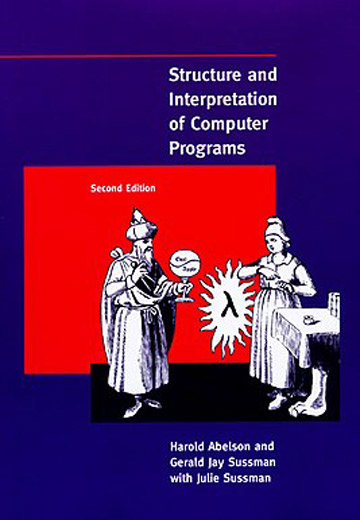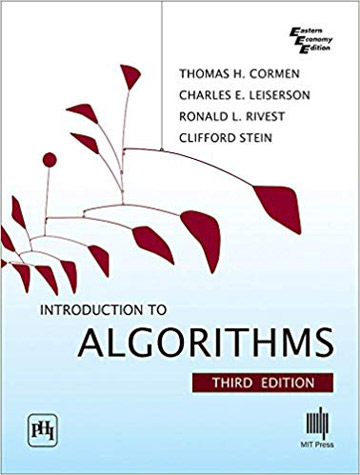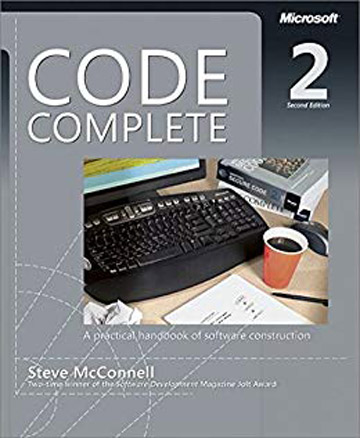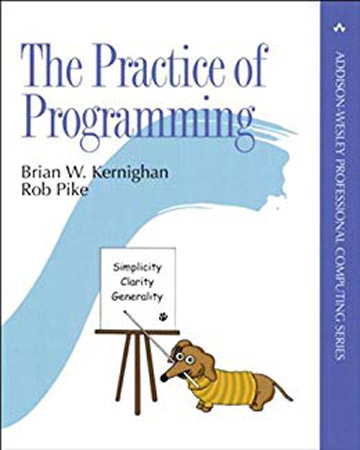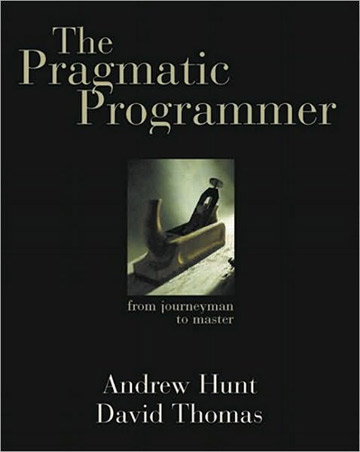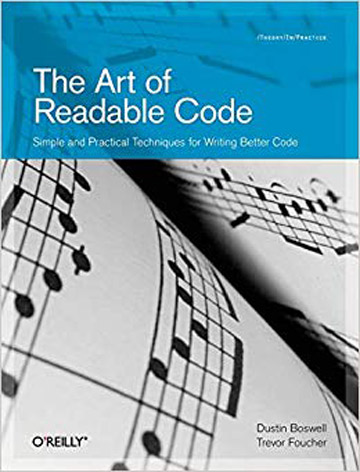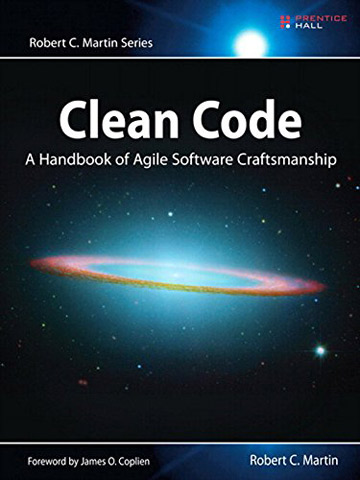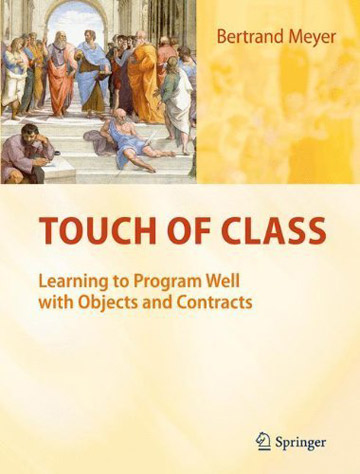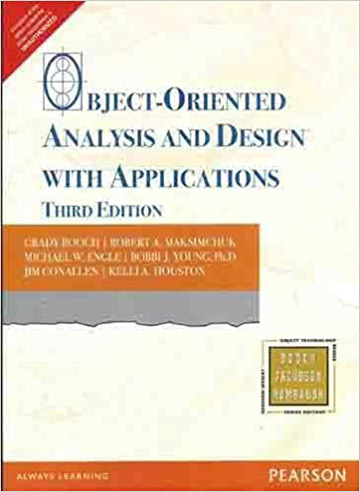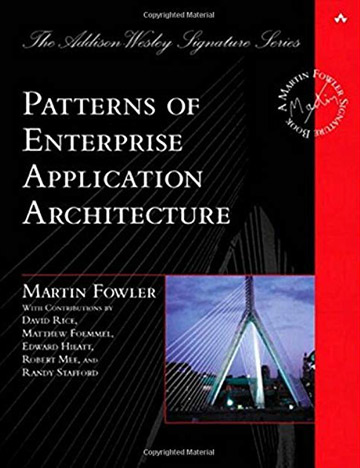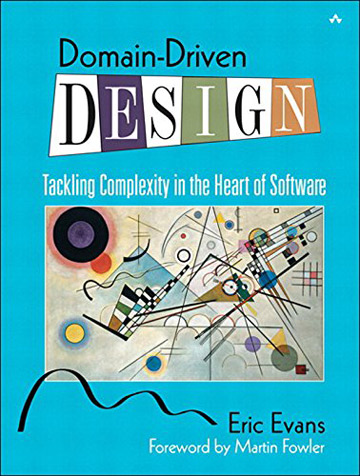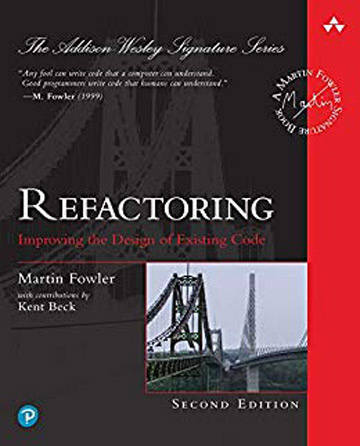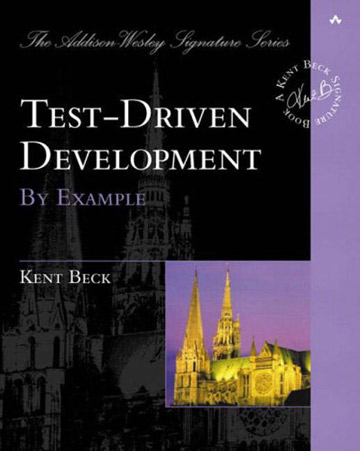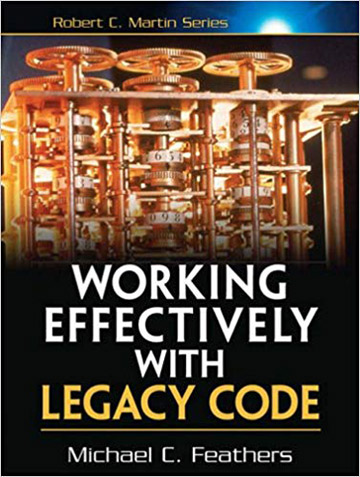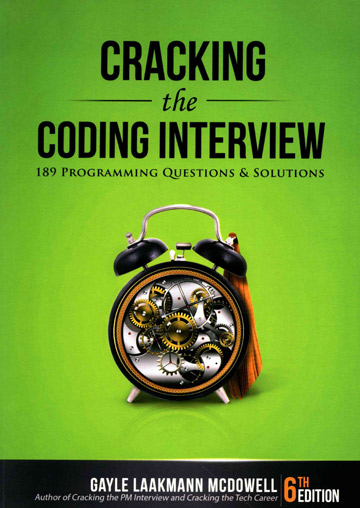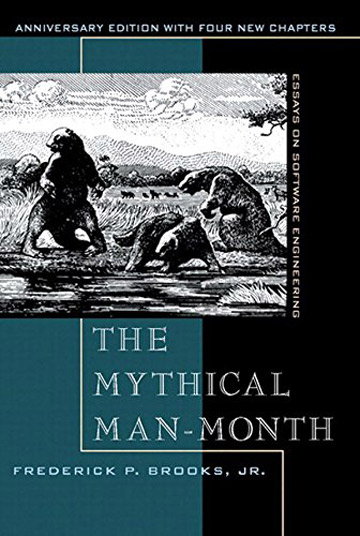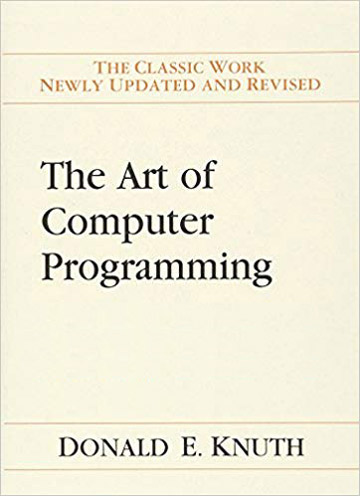
The Art of Computer Programming (Boxed Set) 1st edition
by Donald E. KnuthThis multivolume work on the analysis of algorithms has long been recognized as the definitive description of classical computer science. The three complete volumes published to date already comprise a unique and invaluable resource in programming theory and practice. Countless readers have spoken about the profound personal influence of Knuth's writings. Scientists have marveled at the beauty and elegance of his analysis, while practicing programmers have successfully applied his "cookbook" solutions to their day-to-day problems. All have admired Knuth for the breadth, clarity, accuracy, and good humor found in his books.
| Publisher: Addison-Wesley Professional | |
| Edition: 1st | ISBN-10: 0321751043 |
| Pages: - | ISBN-13: 978-0321751041 |
| Release year: 2011 | |

